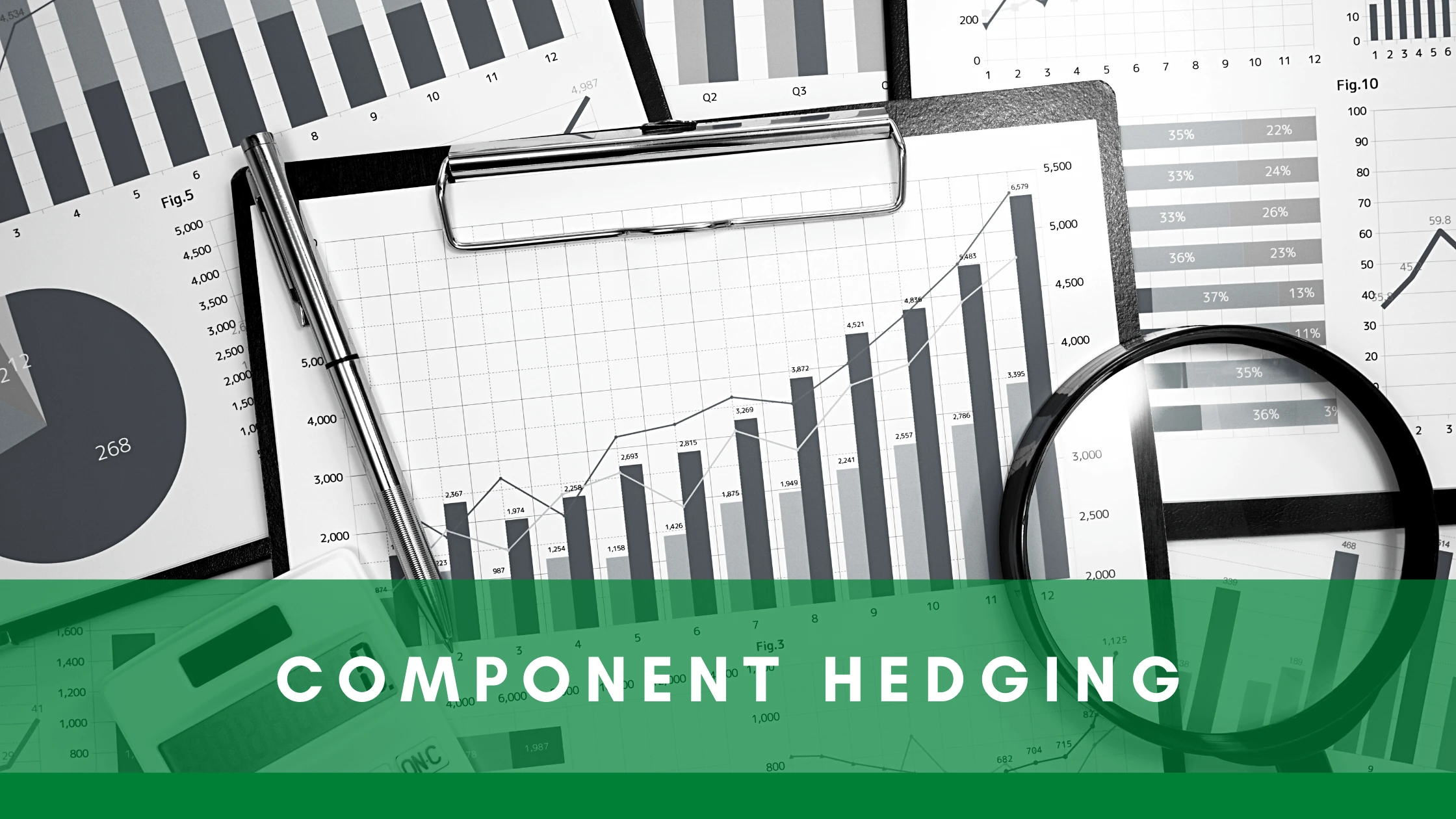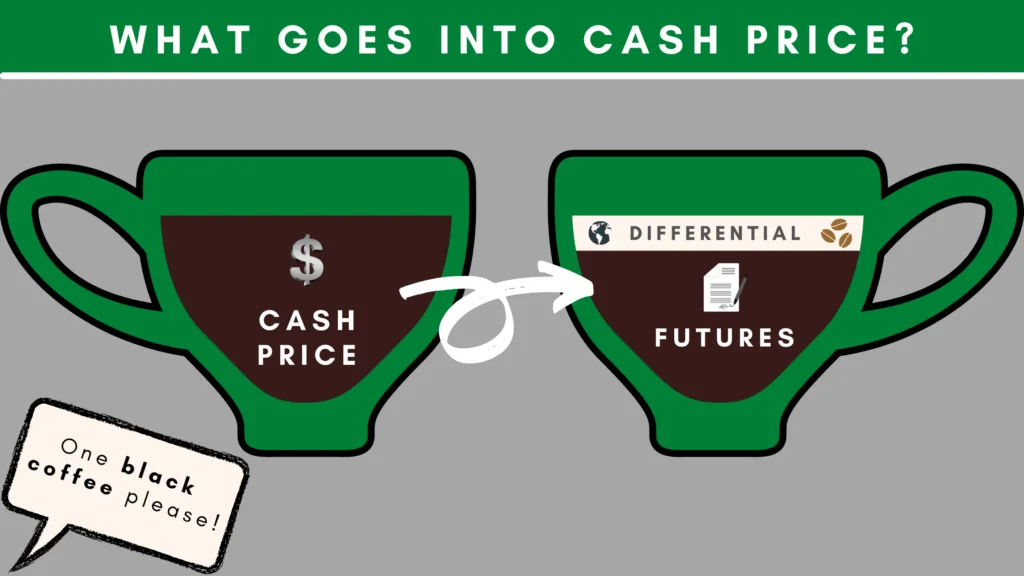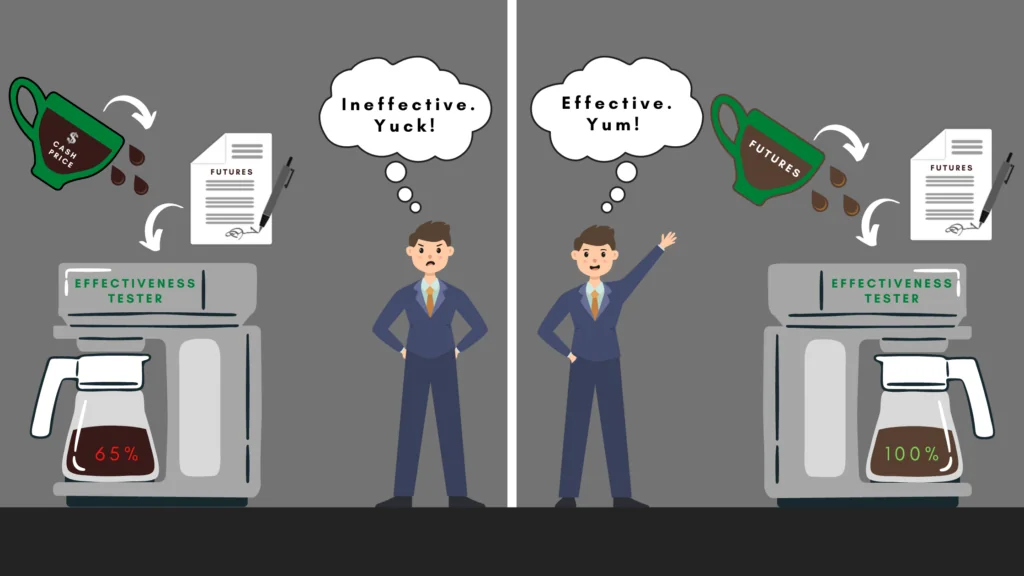Basis. Differential. Adders. Commodities markets have been plagued by risk exposures that fall just outside of what the exchanges can address. Dealers in the Over-the-Counter (“OTC”) space can fill-in-the-gaps, but these arrangements are not always freely available to the end user. Frustrated by a lack of ‘middle ground,’ users are left to wonder what the optimal hedging approach looks like – one that is both cost effective and reasonably addresses the price risks inherent in the very markets they serve. While there is no silver bullet, the answer may lie in hedge accounting. Hail to the nerds!
Component hedging is not a new concept. It is especially unoriginal for risk managers and commodity traders who have been helping customers hedge finished goods for ages. Market participants, like the foregoing, are often at odds with commodities that price at some differential or basis to the prevailing market price, or traded futures price. Grains like corn and soybeans will trade at a basis price per bushel to their corresponding Corn and Soybean CBOT futures prices. Coffee will trade at a differential to the ‘C’ futures NYMEX price, depending upon quality and location. Plastics like polypropylene will price at the prevailing Polymer Grade Propylene (“PGP”) NYMEX futures price plus an adder for processing – and the list goes on and on.
Hedging strategies deemed appropriate for most entities are generally viewed in the context of their hedge “effectiveness.” While the word “effectiveness” means different things to different people, it commonly translates to the degree of cash flow or value offset achieved between the hedge and the thing-being-hedged, or hedged item, and how meaningful that degree of offset is over some pre-determined period. The tendency then is for participants to lean on a credible, authoritative standard to measure effectiveness. Often, practitioners will cite the accounting guidance in FASB’s[1] codification topic 815, derivatives and hedging (the “standard”). Implicit in this standard, the metric for determining hedge effectiveness is a ratio of offset between 80% and 125%. This is the industry adopted effectiveness benchmark – good, bad, or otherwise.
When these price inputs run wild due to market aberrations, or even during mundane, predictable market cycles, they can have a significant impact on hedge effectiveness. How significant? Auditors, regulators, and lenders have been known to cry foul when user entities cannot prove hedge effectiveness within the stated band and may respond with sanctions. These sanctions could come in the form of hedging quantity restrictions and credit tightening, among others.
In response to effectiveness concerns (and many others), FASB issued Accounting Standard Update 2017-12 (“ASU”). The ASU allows entities the ability to hedge components of non-financial contracts. The rub is that the component being hedged needs to be “contractually specified,” which is a rather ambiguous way of saying it needs to be expressly stated in the commodity purchase/sale agreement as being an explicit part of the cash price for the good. For example, coffee purchase orders and ensuing invoices should state that the total cash price for January Arabica purchased from Brazil is the KCH2 futures price minus forty. Provided the component is contractually specified, users are free to identify the component itself (and not the basis) as the hedged item, thereby maximizing hedge effectiveness.
Does this approach address price risk in its entirety? No. But it does give users an opportunity to demonstrate to key stakeholders that prudent risk management strategies are being employed. In addition, key stakeholders will appreciate seeing that preferential accounting treatment is being utilized to reduce earnings volatility without the threat of hedge ineffectiveness (or “earnings bleed,” as we nerds like to call it) inherent in hedging programs pre-ASU. So, while it may not fix everything, it fixes a lot – and this should make life easier for hedgers and risk managers alike – thank you nerds!
[1] Financial Accounting Standards Board (“FASB”) Accounting Standards Codification (“ASC”) topic 815, derivatives and hedging.
Contact the Author:
Craig Haymaker, CPA, Managing Director
Mobile: 952-240-1984
Office: 952-208-5704
Email: chaymaker@hedgestar.com
Media Contact:
Megan Roth, Marketing Manager
Office: 952-746-6056
Email: mroth@hedgestar.com
Check out our hedge accounting services today!
Did you miss our last articles? Check them out today!
What is Hedging?
Goldman Sachs securitized billions in mortgage-backed securities & then bet against them using synthetic Collateralized Debt…
What is a Derivative?
Derivative. Sounds silly, right? It sounds like the noise…
What is Hedge Accounting?
Let’s begin by stating that it is NOT a method to account for…
What is a swap?
Swaps are scary. Swaps are complex. Swaps are funky. Swaps are bespoke. Swaps are exotic. BUT most swaps are not this way.
Check out our services:





